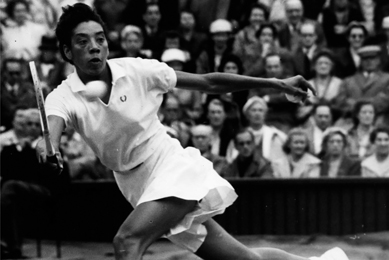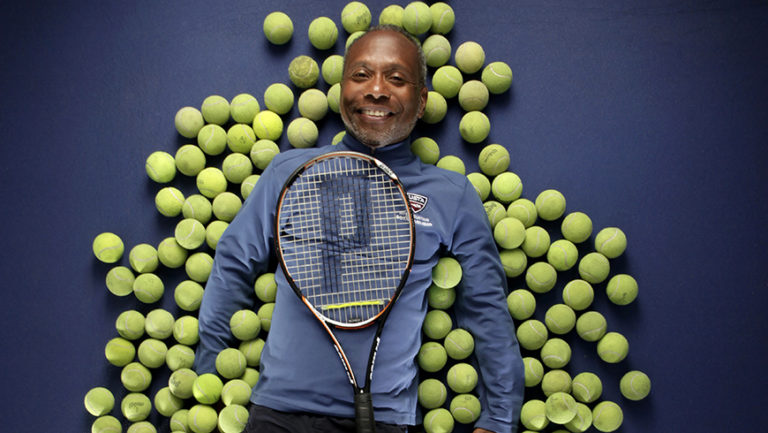Play tennis, live longer
A study that followed nearly 9,000 participants for up to 25 years has found that those who played tennis gained 9.7 years in life expectancy compared to sedentary individuals. The gain for tennis players was the largest in the group of eight sports studied.
The Copenhagen City Heart Study (CCHS) included detailed questionnaires regarding participation in different sports and leisure-time physical activity. The 8,577 participants were followed for up to 25 years for “all-cause mortality.”
Compared to sedentary individuals, life expectancy gains for tennis players were 9.7 years. Life expectancy gains for the other seven sports and activities studied were: badminton, 6.2 years; soccer, 4.7 years; cycling, 3.7 years; swimming, 3.4 years; jogging, 3.2 years; calisthenics, 3.1 years; and health club activities, 1.5 years.
“Surprisingly, we found that tennis players had the longest expected lifetime among the eight different sports,” according to the report. “By far the smallest improvement in life expectancy was noted in people who predominantly did health club activities (e.g., treadmill, elliptical, stair-climber, stationary bikes and weightlifting).”
The report concludes: “Leisure-time sports that inherently involve more social interaction were associated with the best longevity—a finding that warrants further investigation.”
The length of time people spent exercising apparently had little impact on longevity. “The cohort of people who spent the most time exercising—health club activities group—was the one that showed the smallest improvement in longevity.”
“We’ve long known that social interaction is an important element of a healthy lifestyle,” says Dr. Jack Groppel, the co-founder of the Johnson & Johnson Human Performance Institute and the Wellness Advisor to the tennis industry. “We’re excited to share a study that shows how playing tennis can provide this critical social benefit. We say that tennis is a sport for a lifetime, but this study shows it’s also a sport for a longer lifetime.”
According to the report, the differences in mortality benefits could be “due to the differing social aspects of the various sports studied. Interestingly, sports that require two or more individuals to play together and socially interact—tennis, badminton, and soccer—were the sports that were associated with the best improvements in longevity. … This is in line with previous studies consistently showing that social isolation is among the strongest predictors of reduced life expectancy.”
Sports such as badminton and doubles tennis do not typically require strenuous exertion, “but do entail a great deal of social interaction,” says the CCHS report. “Regular participation in highly interactive sports provides not only exercise but also a social support group that plays together. Belonging to a group that meets regularly promotes a sense of support, trust and commonality, which has been shown to contribute to a sense of well-being and improved long-term health. In addition, benefits of [physical activity] and exercise to reduce psychological distress may explain many of the benefits noted regarding cardiovascular disease and mortality.”
“We continue to see supporting research on the impressive health benefits of tennis,” says TIA Executive Director Jolyn de Boer, “an activity that not only adds years to your life, but also is proven to provide emotional, intellectual and physical attributes and improvement for players of all ages.”






